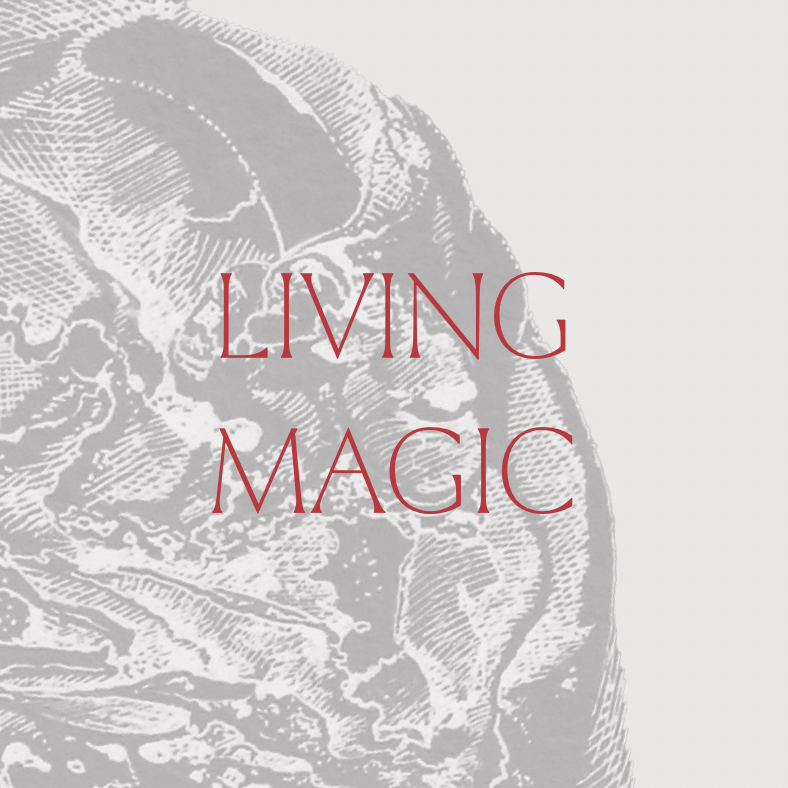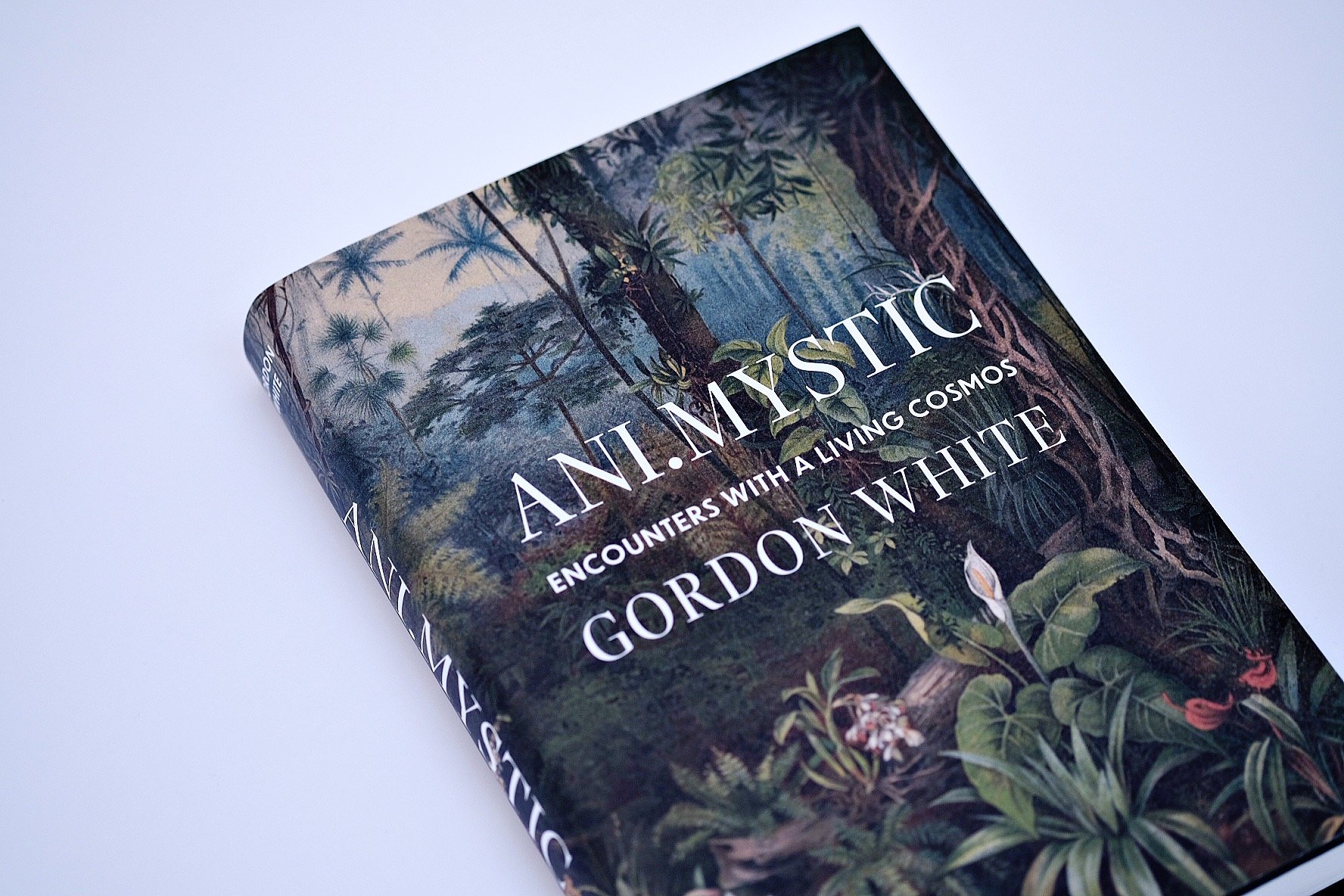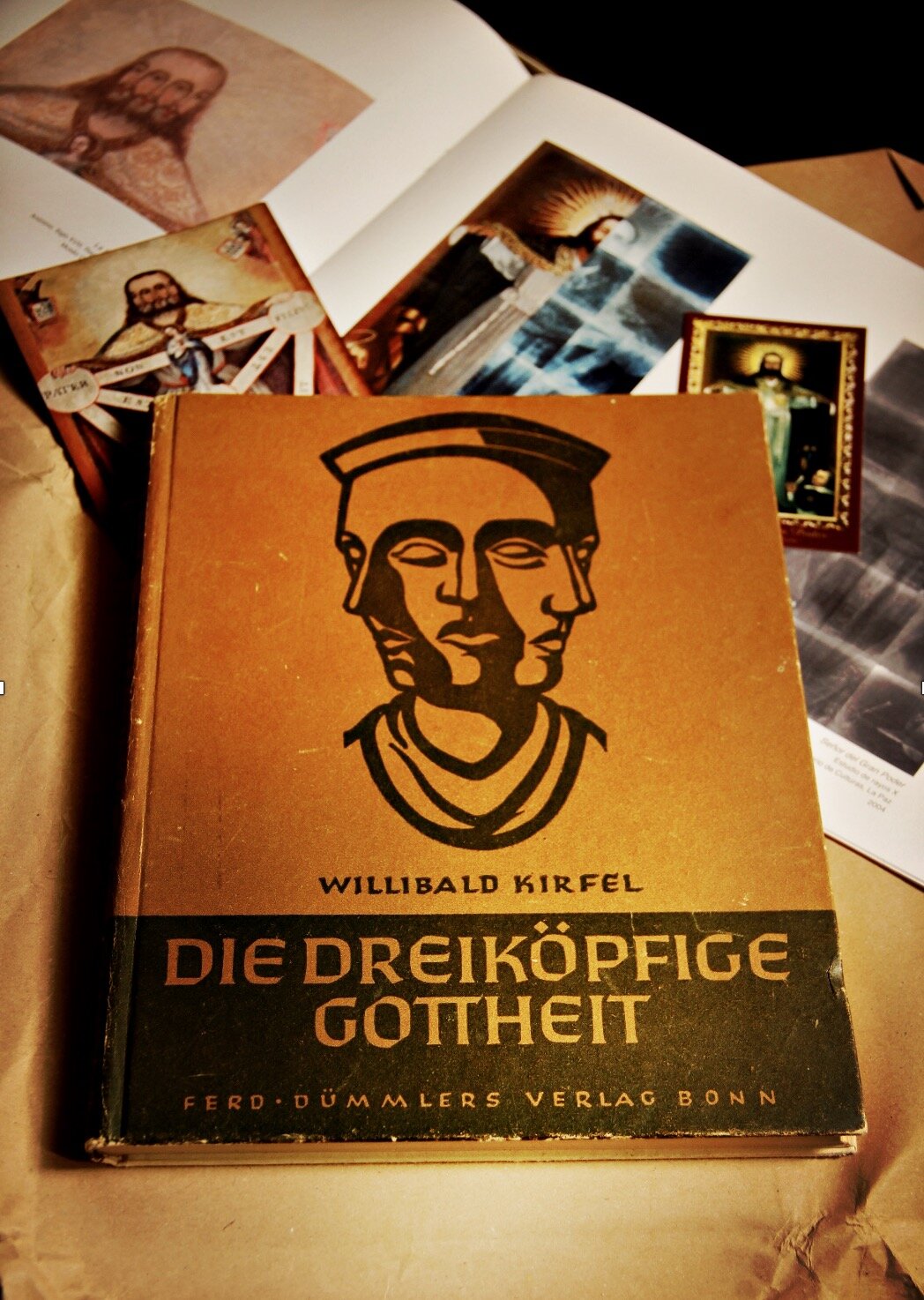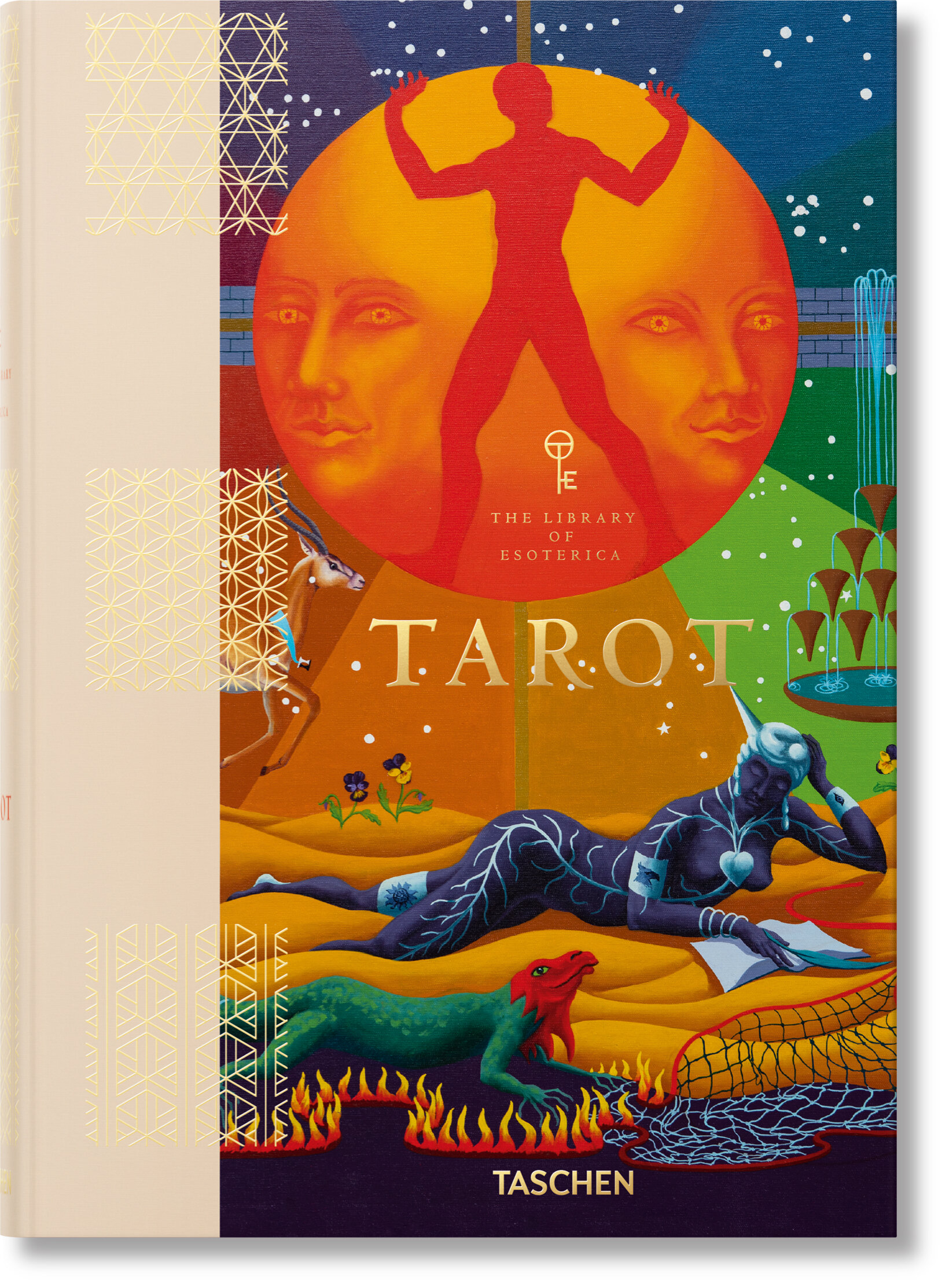
Paralibrum.
An independent home for bibliophile occulture

Scroll to read or search our library of book reviews.
By keyword, author, publisher or year.

‘Living Magic: Contemporary Insights and Experiences from Practicing Magicians’ by Frater U∴D∴ et al.
Living Magic is a most unusual book, and yet it should not be. As its subtitle says, it is a book entirely entrenched in and geared towards magical practice. Specifically, it breathes the kind of magic that does not walk cloaked in centuries of tradition, in garments of cryptic symbols and dead languages, peacock-like strutting out in leather-binding and emblazoned in claims of ancient lineages. Instead Living Magic is epitomising the kind of magic that nakedly stares you in the face and bluntly punches you in the stomach.

‘Hermetic Spirituality and the Historical Imagination’ by Wouter J. Hanegraaff
Hanegraaff's voice is not the only voice present in his text. As an attempt to produce a new narrative, I am not qualified to judge its effectiveness, but perhaps as a spell, I would hazard that it is more successful than not, for it leads to contemplation, and from there, perhaps the logos may lead the reader to that seeming boundary-cum-precipice where the curved-beak smile and tip of the hat may be taken as an opportunity to do the work.

‘Trafficking with Demons’ by Martha Rampton
This is, obviously, a new historical study, as such at points evidential conclusions arise which contradict or update comparatively recent scholarship. Martha Rampton, is a good example of a post-modern historian, explaining her evidence via the then dominant (and divergent) narratives, upon which she passes no anterior judgement. Her book is both definitive and interesting.

‘Staying with the Trouble: Making Kin in the Chthulucene’ by Donna J. Haraway
Haraway invites us, as readers, to spectate-and-speculate with the experiences she records and links together. It is not passive, but a participatory role which invites us to speculate-with-Haraway about our own experience. We are presented with the author’s oddkinnery and perhaps may begin to conceive of ourselves tentacularly; touched, grasped, tasted-with, made and making-with things beyond the boundaries of what we consider human or person in our lives.

‘Ani.Mystic’ by Gordon White
Ani.Mystic is a beautiful and informative work. But to read it is to embark upon a densely woven encounter. The sheer variety of voices that contribute to its fabric do not obfuscate, in any way, its message. Rather, they serve to pitch a distinctly perspectival challenge to the reader, to ingrained habits of thinking and being […]. The quality of its prose and the logic underpinning its argument are, respectively, stylistically well-polished and thoroughgoing; the choice and use of its various interlocutors a treasure chest of sources and ideas.

‘A Demon-Haunted Land’ by Monica Black
[…] Black was able to find “scores of ‘witchcraft trials’” “between roughly 1947 and 1965”, as well as “sources in which people talk of being pursued by devils and hiring exorcists”, “police records describing prayer circles whose members convened to combat demonic infection”, “mass pilgrimages to holy sites in search of spiritual cures and redemption”.

‘Historiola: The Power of Narrative Charms’ by Carl Nordblom
What Nordblom has done is provide us with a framework to discover our own relationship to the magical or sorcerous narrative within our own lives – a kind of praxis which enables us to think about word and image in a way which may be unusual to some moderns. […] we should thank the author for providing us with only a glimpse of the many worlds of the historiolae which may present the enquiring mind with rich alterities.

‘The Cult of the Black Cube’, 2nd Edition, by Arthur Moros
[…] This then, is where the Black Cube shines most darkly; for all that Moros presents us with scholarly analysis, and historic and new rites to encounter the Saturnine Deity in our own lives should we wish closer congress, it is his obvious intimate embrace of, and his deep suffusion in such a Saturnine Gnosis which wells up.

‘The Sworn and Secret Grimoire’ by Jake Stratton-Kent
Jake Stratton-Kent gently but decidedly brushes away the naive hope of offering the reader any sort of definite pathway, absolute truth or sanctified orthopraxy; instead, his book aims to create just about sufficient orientation points – as well as lazy readers’ trapdoors, one should add – so that each one of us can create, correct or continue to ruin their own ritualistic path.

‘Rosicrucian Magic’ by Frater Acher
Rosicrucian Magic raises the question of what kind of balance must be struck in both the practice and the study of esotericism in general. Acher’s answer is in a phenomenological understanding of the Rosicrucian experience, of the initiatic moment, with all its intentionality, temporality, and intersubjectivity, we might well find a sympathetic understanding – the internal connections the modern initiate is attempting to achieve.

‘Stranger in the Mask of a Deer’ by Richard Skelton
Stranger in the Mask of a Deer is, perhaps, the single most impactful sequence of thematically-linked poetry to have been written in the spirit and celebration of a pure and unadulterated paganism that I have encountered; one that combines its sinuous diction with an essential and ageless metaphysics.

‘RUNA - The Wisdom of the Runes’ by A.D. Mercer
Upon closing the book, it is good to know that this book will not remain closed. It is reassuring to know this book has come into the world. Mercer has composed not only an elegant but also a very practical and useful handbook for the entire use and mysteries of the Armanen futhark.

‘Black Easter’ by James Blish
Black Easter is a firework of a short novel, shooting out into the dark sky of black magic. The kind of magic that does not aspire to work in service, and that values the short, sharp, spicy taste of exoticism over the genuine discovery of what lies beyond ourselves. Depending on how we like to approach this small book, it can either make for an entertaining read of noir-fantasy or, alternatively, for a thought-provoking parable on modern-day magic.

‘Clavis Goêtica’ by Frater Acher & José Gabriel Alegría Sabogal
Frater Acher and José Gabriel Alegría Sabogal present us with […] a guide and a glossary diffracted through the prism of personal ritual practice, historical research, and painstakingly intimate relationships with spirits.

‘The Tree of Gnosis’ by Ioan P. Couliano
The Tree of Gnosis does not only present a masterful investigation into the complex history of Gnosticism – the book introduces us to a broader, much more challenging vista from where we can see ourselves, that what is truly at stake here is no longer Gnosticism, but “the meaning of history itself.”

‘Demons and Spirits of the Land’ by Claude Lecouteux
This volume deals with “land spirits”, those entities and spirits of place which the Christian church referred to as “demons”. […] Approaching this book with an open mind is wise, because you may be surprised where it takes you, regardless of practice. Furthermore, it serves as a great introduction to Lecouteux’s work and jumping-off point to the other books Inner Traditions have translated, and provides really nice access to non-Anglocentric scholarship.

‘The Three Headed Deity’ by Willibald Kirfel
Kirfel’s route through religious iconographies covers an unparalleled wide range of topics. The book explores the iconographic theme of a three-headed deity that spans across several cultures and eras. It discusses the notion that this was a transcultural pattern shared by Indo-European cultures spanning from India throughout pagan antiquity.

‘Mystai’ by Peter Mark Adams
A meticulous study of this book will most likely feel like a daydream transporting the reader to the ancient world of the Mysteries and their gods initiated by Adams’s eloquent writing and personal insights supported by beautiful images of the frescoes of the Villa of the Mysteries and other ancient iconographies and artifacts. The functional combination of text and imagery is what makes Mystai such a potent and inspiring book.

‘Marah’ by Temple of our Lady of the Abyss (ed.)
[…]. This interpretation and connection of “Marah” with the topics of sex/birth, death and female/feminine is illustrated with an expressive artwork on the front cover by Alba Margarita which is a very good choice as it seems to me to also relate well to this first volume’s title of ‘Bitterness’ – even though I doubt whether it was the publisher’s intent to set the stage for the stereotype of the ‘bitter woman’.

‘Tarot. Library of Esoterica Series’ by Jessica Hundley (ed.)
Tarot, the beautiful first volume in Taschen’s Library of Esoterica series, sets out to make a world-class collection with an unlimited budget and reach, and it succeeds in this goal. It presents several examples from each of the earliest decks, followed by modern decks grouped by card.



